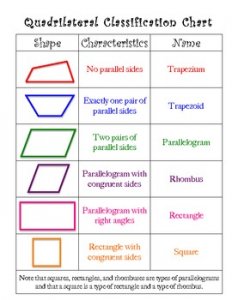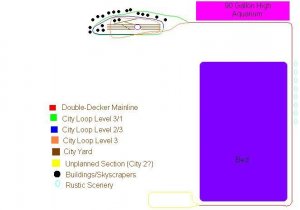John Henry Pritzlaff
New Member
Hey everyone. New to the forum.
I'm a novice MRR hobbyist who once helped his dad construct a few layouts back in the day. Now I have the benefit of YouTube and a new place with a very relaxed landlord. I also have time and a little extra cash.
I'm planning on making a relatively "large" ultra low-tech DIY layout in my new room and I need advice. Right now my plan is to have two separate roughly 4'x2' rectangular city sections which will eventually be connected by a single-track mainline that circumnavigates the room at ceiling level and comes down to the city sections via two narrow but very tall two-track helixes.
I'll obviously build this in sections. I want to buy only one engine and a few cars, and I'm fine only running one short train at a time so I want to know the cheapest and simplest way to wire it, and how big a single block can be powered off a <$100 transformer using Atlas flexitrack I buy in large lots off eBay. I want to make my own track beds, my own skyscrapers to go inside the helixes, and print my own background "scenery" to go along the mainline etc.
I need to know what people more experienced than me think of this plan off 1st impressions. I'll be back later with the room dimensions. Thanks in advance, you guys are awesome. I'm having trouble with autocorrect on this phone so please be kind if there are any errors in my typing.
I'm a novice MRR hobbyist who once helped his dad construct a few layouts back in the day. Now I have the benefit of YouTube and a new place with a very relaxed landlord. I also have time and a little extra cash.
I'm planning on making a relatively "large" ultra low-tech DIY layout in my new room and I need advice. Right now my plan is to have two separate roughly 4'x2' rectangular city sections which will eventually be connected by a single-track mainline that circumnavigates the room at ceiling level and comes down to the city sections via two narrow but very tall two-track helixes.
I'll obviously build this in sections. I want to buy only one engine and a few cars, and I'm fine only running one short train at a time so I want to know the cheapest and simplest way to wire it, and how big a single block can be powered off a <$100 transformer using Atlas flexitrack I buy in large lots off eBay. I want to make my own track beds, my own skyscrapers to go inside the helixes, and print my own background "scenery" to go along the mainline etc.
I need to know what people more experienced than me think of this plan off 1st impressions. I'll be back later with the room dimensions. Thanks in advance, you guys are awesome. I'm having trouble with autocorrect on this phone so please be kind if there are any errors in my typing.
Last edited by a moderator:



